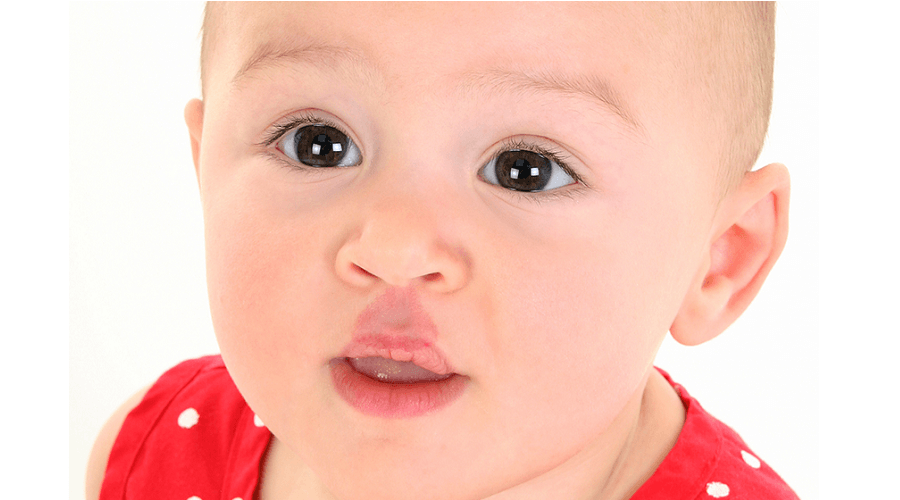
Birthmark Removal
Birthmark Removal
They said it couldn’t be done, but we remove birthmarks every day. With the artful use of multiple lasers, vascular and pigmented birthmarks marks can be significantly reduced and even totally removed. Most birthmarks are painless and harmless, but at Sarthak Plastic Surgery Clinic we understand how self-conscious they can make you feel – especially those on the face. You can trust our proprietary protocols to restore your confidence by giving you the look you’ve been dreaming of. Usually in just 3 to 7 birthmark removal treatments!
WHAT IS A BIRTHMARK?
A birthmark is a colored mark on or under the skin that’s been there since birth. Birthmarks vary in size and shape, and can be blue, black, tan, brown, pink, red, purple and white. Some are smooth, and some are raised and rough. Almost all birthmarks are painless and harmless. However, to be extra safe, it’s important to have a doctor check your birthmarks, especially if there are rapid changes in appearance. Birthmarks are categorized into two main groups: Those that appear as patches of brown skin caused by containing too much melanin (pigmented lesions), and those that appear as patches of red skin caused by the presence of abnormal blood vessels that are bunched together and do not grow normally (vascular lesions).
TYPES OF BIRTHMARKS :
- Salmon Patches (Also Called ‘Stork Bites,’ ‘Angel Kisses’ and ‘Macular Stains’): Salmon patches are thin, flat, light pink or red birthmarks. Typically, they appear on the back of the neck, the upper lip, between the eyebrows and on the upper eyelid. Their red appearance is caused by an abnormal grouping of tiny micro-blood-vessels (capillaries), occurring near the skin’s surface.
- Congenital Moles (Nevi): Congenital moles are usually brown and can grow anywhere on the body. They vary in size and shape and look like bigger, darker moles. Unlike most other types of birthmarks, these may cause some concern. Depending on their size, these birthmarks have an increased risk of becoming skin cancer.
- Cafe-au-lait Spots: Café-au-lait spots are smooth, round birthmarks, and range in color from light brown to chocolate. They appear right at the time of birth or shortly thereafter and don’t fade away with age. They usually are found on the upper body, buttocks and legs.
- Mongolian Spots: Mongolian spots are blue or blue-gray birthmarks that affect people with darker skin. They occur when melanin-producing cells (melanocytes) that usually occupy the outermost layer of skin (epidermis) are trapped in the deeper layers of the dermis where they deposit their melanin. They are often uneven in shape and usually occur on the lower back and buttocks.
- Port-wine Stains : Port-wine stains are typically dark red-purple. They’re made of a tangle of micro-blood-vessels near the surface of the skin, which did not grow normally. They range in size from a small coin to covering a large area of the body and are usually flat and smooth.
- Hemangiomas: Hemangiomas are raised, rough, blue, red, or purple birthmarks made of clumps of tangled micro-blood vessels that did not grow normally. Hemangiomas in the skin may appear anywhere on the body in many shapes, sizes and thicknesses, and can also occur deeper in the body affecting internal organs. They are most commonly found on the face, scalp, back and chest. They usually disappear by the age of nine. Some slight discoloration or acne-like pockmarks may remain at the site of the lesion. Some hemangiomas are quite thick, penetrating more deeply into the skin, and often appear like raised spongy masses filled with blood. While most of these lesions will disappear on their own, some may remain throughout life.
Removing Pigmented Birthmarks (Excessive Melanin):
Sarthak Plastic Surgery Clinic has developed unique, holistic protocols that precisely target birthmarks with laser energy that changes the molecular structure of melanin. Consequently, the melanin is no longer recognized by the body’s physiology, so the immune system can break it down and dissolve it away within 3-4 weeks. Depending on the extent of melanin in the birthmark, 3-7 laser treatments are typically required in order to remove all the excess melanin and bring skin back to its normal color. Remarkably, the treatment is so precise that only low levels of energy are required, making it virtually pain-free. A customized, specially formulated cream may be used in conjunction with laser treatments to assist in suppressing melanin producing cells in your skin (melanocytes) from regenerating unwanted pigmentation. This proprietary Sarthak Plastic Surgery Clinic formulation utilizes a sophisticated combination of naturally occurring herbal substances, as well as pharmaceutically synthesized components for maximum effectiveness.
Vascular Birthmarks Removal And Treatment:
With exquisite precision, laser energy modulated according to Sarthak Plastic Surgery Clinic’s protocols targets hemoglobin in the blood that fills the birthmark. The hemoglobin absorbs the energy, instantly vaporizing the blood causing abnormal micro-capillaries to collapse. Often, the color of the birthmark changes to a darker shade of brown, indicating that the treatment is proceeding successfully. Over the course of a few weeks, the body dissolves the fragments of the destroyed micro-vasculature. Depending on the structure, depth and complexity of the birthmark, 3-7 laser birthmark removal treatments are typically required to remove all the layers, resulting in beautiful birthmark-free skin. Because abnormal blood vessels making up a hemangioma occupy space in the deeper layers of the skin (dermis), small indentations may appear where the abnormal veins once were. These small indentations, or pockmarks, are caused by space left unfilled when abnormal blood vessels collapse. This is typical of thicker hemangiomas that have a multi-layered and complex tangle of abnormal blood vessels penetrating deeper into the collagen structure of the dermis. Once the hemangioma has been removed, our collagen regenerating protocols can be used to heal damaged collagen left by the hemangioma, restoring a smooth texture to the skin.
